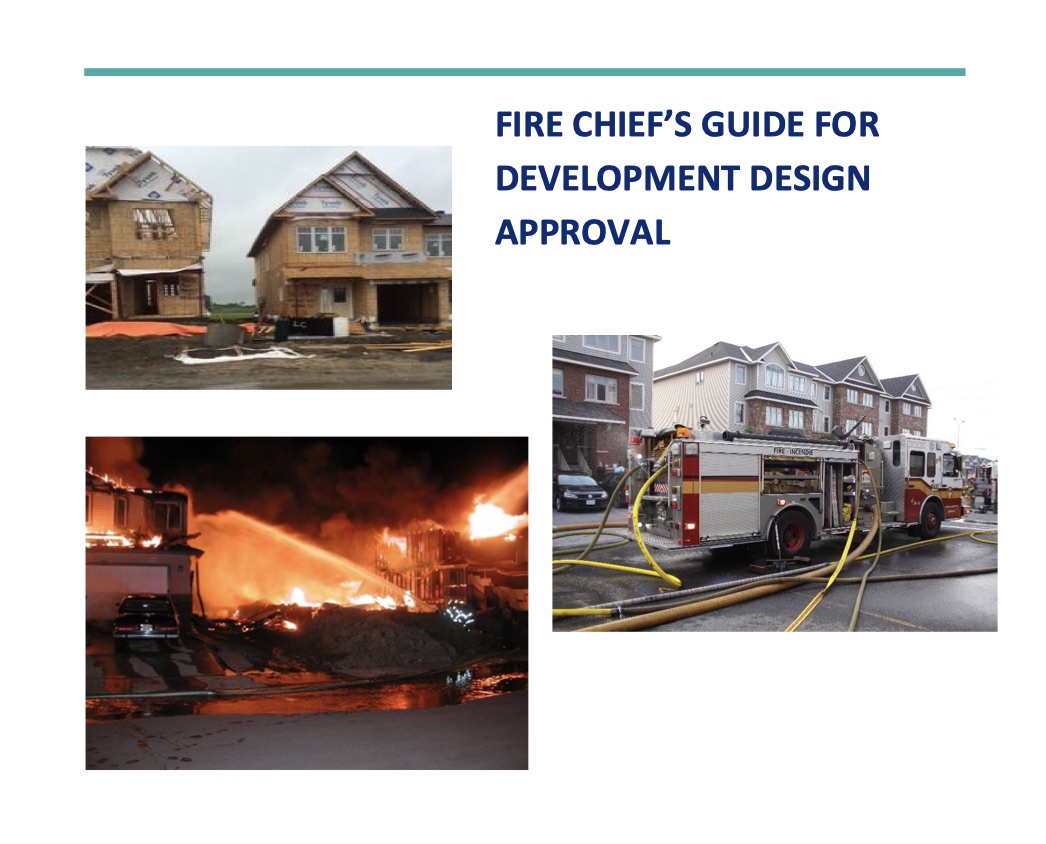The participation of fire chiefs in the design of subdivisions in their communities is an essential component of an effective community risk reduction program. Every design should reflect the capabilities of the local fire service: firefighting staffing, response times, and water supply needs among them. Playing this vital role requires that fire chiefs have the knowledge and confidence to engage with city planners and developers to protect these homes and the families living in them.
By participating in development design review from day one, you can identify when planned communities are outside of the response capabilities of the fire service. This will likely lead to design standards that are over and above local building codes. So how do you ensure the development is on track?
HFSC Canada has created a handbook to assist Canadian fire chiefs tasked with reviewing housing developments within their communities. It compiles information about standards and opportunities through which fire chiefs can affect development approvals within their community. The content is based on experience and consolidates background information and best practices. It explains how the two fit together in a comprehensive program that shapes fire safe communities at the development stage.
The handbook addresses water supplies for firefighting, access roads, building separations, fire service response times, safeguards during construction, and wildland urban interface. It also covers the opportunity for the community to employ effective incentives to install residential fire sprinklers in all new homes and provides examples how to do that at lower or even zero cost to the developer (and often with higher revenue).
The purpose of this guide is to share knowledge with fire chiefs and their departments so they have a greater understanding of their important role in shaping fire safety policies in their communities. Some elements in this guide have been extracted from sources including Fire Underwriters Survey (FUS), the National Fire Protection Association (NFPA), and the National Research Council of Canada (NRC) documents. More detailed materials are available from these cited sources. All mentioned codes and standards are only minimum standards or minimum best practices. Nothing precludes a community from setting higher requirements.
By having fire departments involved in the design of new developments we can better ensure that these reflect the capabilities of the local fire service. And, your dialogue with developers and municipal planners at the earliest stages can facilitate the use of incentives leading to more sprinkler-protected homes. That’s community risk reduction at work.

